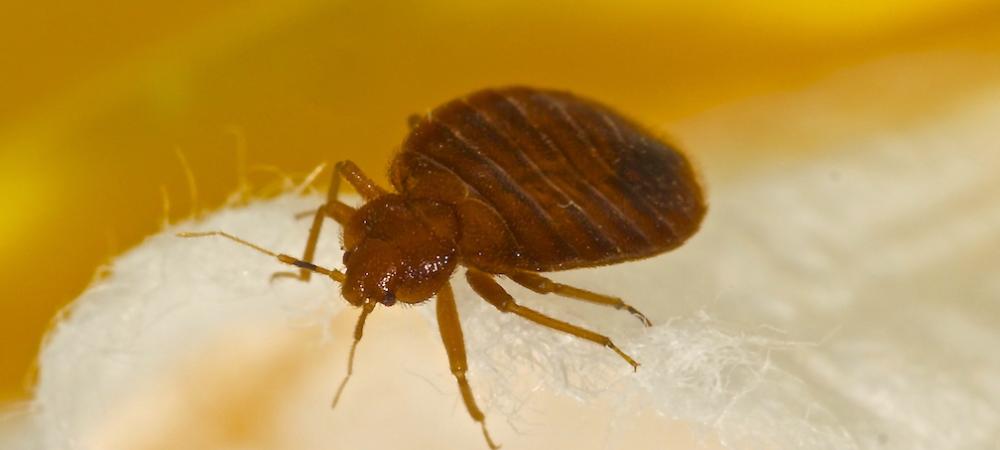How to Detect and Identify Bed Bugs in Morristown, NJ?

Bed bugs are pesky and often difficult pests to identify and eradicate. Unfortunately, bed bug infestations are rising worldwide in homes, hotels, and other settings. If you're wondering how to spot if your home is facing a bed bug invasion, then read on! This article will explain how to detect and identify bed bugs, signs of an infestation, and more.
What Are Bed Bugs?
Bed bugs are small, brownish-red insects that feed on human and animal blood. They are usually between 1/4 to 3/8 inches in size and have flat, oval bodies. They can be found in any dwelling, from homes to hotels, and they can quickly become a significant problem if not dealt with properly. Bed bugs hide during the day in crevices and cracks around beds, furniture, and other surfaces where they may come into contact with people or animals. At night, they emerge to feed on their hosts' blood.
Signs of a Bed Bug Infestation
One of the most common signs of a bed bug infestation is itchy bites on the skin. Bed bugs feed on human and animal blood, so if you have unexplained red bumps or itches, it could be due to these pests. There are other indications of a bed bug infestation, including:
Dark Spots or Black Spots on Sheets and Mattress Seams
Bed bugs excrete small dark spots that can accumulate around areas where they are hiding. These spots may also be blood from when they feed on humans or animals. Dark spots or black spots on sheets and mattress seams could indicate bed bugs in the home. It's essential to check for these dark spots regularly, as they can alert you to a potential infestation.
Blood Meal Spots on Sheets and Furniture Upholstery
Blood meal spots are another sign of bed bug infestations often found on sheets and furniture upholstery. Blood meal spots usually appear as dark red or brown patches, resulting from the bugs ingesting blood from humans or animals. These spots can also sometimes contain eggs or shed skin from the bugs.
Apple Seed-like Eggs in Picture Frames, Electrical Outlets, and Other Crevices
Bed bugs lay their eggs in the dark, secluded areas such as picture frames, electrical outlets, and other crevices. The eggs are small and white, resembling apple seeds in size and shape. These eggs are usually found in clusters of up to 50 at a time.
Regularly checking for bed bug eggs is essential to preventing infestations from occurring or getting worse over time.
Bed Bug Excrement Near Bedding Areas
One of the most common signs of a bed bug infestation is finding their excrement near bedding areas. Bed bug excrement is usually black or sometimes rust-colored and can be found in small clusters or smeared across sheets, mattresses, and box springs. It is often confused with dirt or dust since it resembles other particles that may accumulate around the bed.
In addition to this tell-tale sign, you may also notice small blood spots on your sheets or mattress from where the bugs have been feeding you while you sleep.
Allergic Reactions to Bed Bug Bites
When a bed bug bites a person, they may experience an allergic reaction to the bite. This can manifest in various ways, including redness and swelling at the bite site, itching, hives or rashes, and difficulty breathing. Bed bug bites can also trigger other types of allergies, such as hay fever or asthma. It's essential to be aware of these potential reactions if you suspect that you have bed bugs in your home so that you can take appropriate action.
If you notice any signs of an allergic reaction after being bitten by a bed bug, it's important to seek medical attention immediately. A doctor will be able to diagnose the cause of the response and recommend treatment options, which may include antihistamines, corticosteroids, or allergen immunotherapy injections.
Preventing Allergic Reactions to Bed Bug Bites
The best way to prevent allergic reactions is to ensure that bed bugs don't enter your home in the first place. This includes:
- Regularly inspect the furniture, mattresses, and other areas of your home where bed bugs may be hiding.
- Vacuum and steam clean regularly, paying extra attention to cracks and crevices where bed bugs like to hide.
- If you're traveling, always check the mattress and headboard for signs of bed bugs before settling in for the night.
Detecting Possible Sources of an Infestation
Detecting the source of a bed bug infestation can be challenging, but it is a crucial first step in effectively treating and controlling the problem.
Conducting a Home Inspection
Conducting a home inspection is essential in assessing the severity of a bed bug infestation. During this process, you should check all home areas for signs of bed bugs or their droppings. This includes furniture, mattresses, electrical outlets, behind picture frames, and carpets. It's important to be thorough and inspect every nook and cranny of your home during this process, as bed bugs can be challenging to spot due to their small size. Additionally, if you have pets in your home, check their bedding for any signs of infestation. Taking the time to conduct an inspection can help identify the source of the problem so that it can be treated quickly and effectively.
Using Professional Pest Control Services
Professional pest control services can help eliminate bed bug infestations quickly and effectively. These services are designed to target the source of the problem and eradicate any existing bed bugs. Professional exterminators have access to specialized equipment and treatments to help quickly and efficiently eliminate bed bugs. Additionally, these professionals have in-depth knowledge of where bed bugs may be hiding, allowing them to provide an effective treatment plan.
Treatments for Eliminating a Bed Bug Infestation
DIY bed bug treatments are not recommended as they are often ineffective and can worsen the problem if misused. Professional pest control services will be able to identify the type of bed bug present and determine the best treatment plan for getting rid of them once and for all.
Eliminating a bed bug infestation can be a challenging and stressful task. Fortunately, several treatment options are available that can help get rid of the bugs quickly and effectively. One of the most common treatments is chemical pesticides, which a professional exterminator should apply. These pesticides target adult bed bugs and their eggs, ensuring that the entire population is eliminated. Furthermore, heat treatments are also an effective way to kill bed bugs without chemicals. Heat treatments involve raising the temperature of a room or area to a high enough level to kill any existing bugs and their eggs.
Contact Delsea for Bed Bug Treatments in Morristown
If you are looking for a reliable and effective bed bug exterminator in Morristown, look no further than Delsea Termite & Pest Control. Delsea provides comprehensive bed bug treatments designed to target the source of the problem and eliminate any existing bugs. Their experienced exterminators will inspect your home thoroughly to identify the exact type of bed bug present and determine the best treatment plan. Don't wait - contact us today!
